The cooler in detail
The light metal radiator cover is held in a gun metallic look, sits above the actual radiator block and also covers the black plastic chamber of the protruding radial fan part on the front side. Since the slot visor mutates into a partially closed event, mainly due to the seemingly unavoidable DVI-I connection for the airflow, fat gill openings were left to exhale on the top. This is not conducive to the overall concept of a genuine DHE solution, but unfortunately it cannot be circumvented in the end. At least one could have dispensed with the now silly connection and included a suitable adapter instead. Chance wasted, unfortunately.
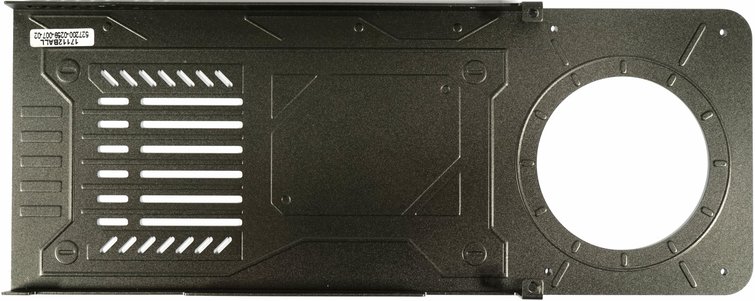
Under this cover is the Vapor-Chamber, the bottom of which is also the heat sink for the GPU and on the top carries the narrow lamella chambers for blowing through and cooling away. With its 326 grams, this is also the heaviest part of the whole card. On top sits the mounting and cooling frame, which also cools the memory modules via three large pads and at the same time carries the threaded sleeves for fixing to the board.
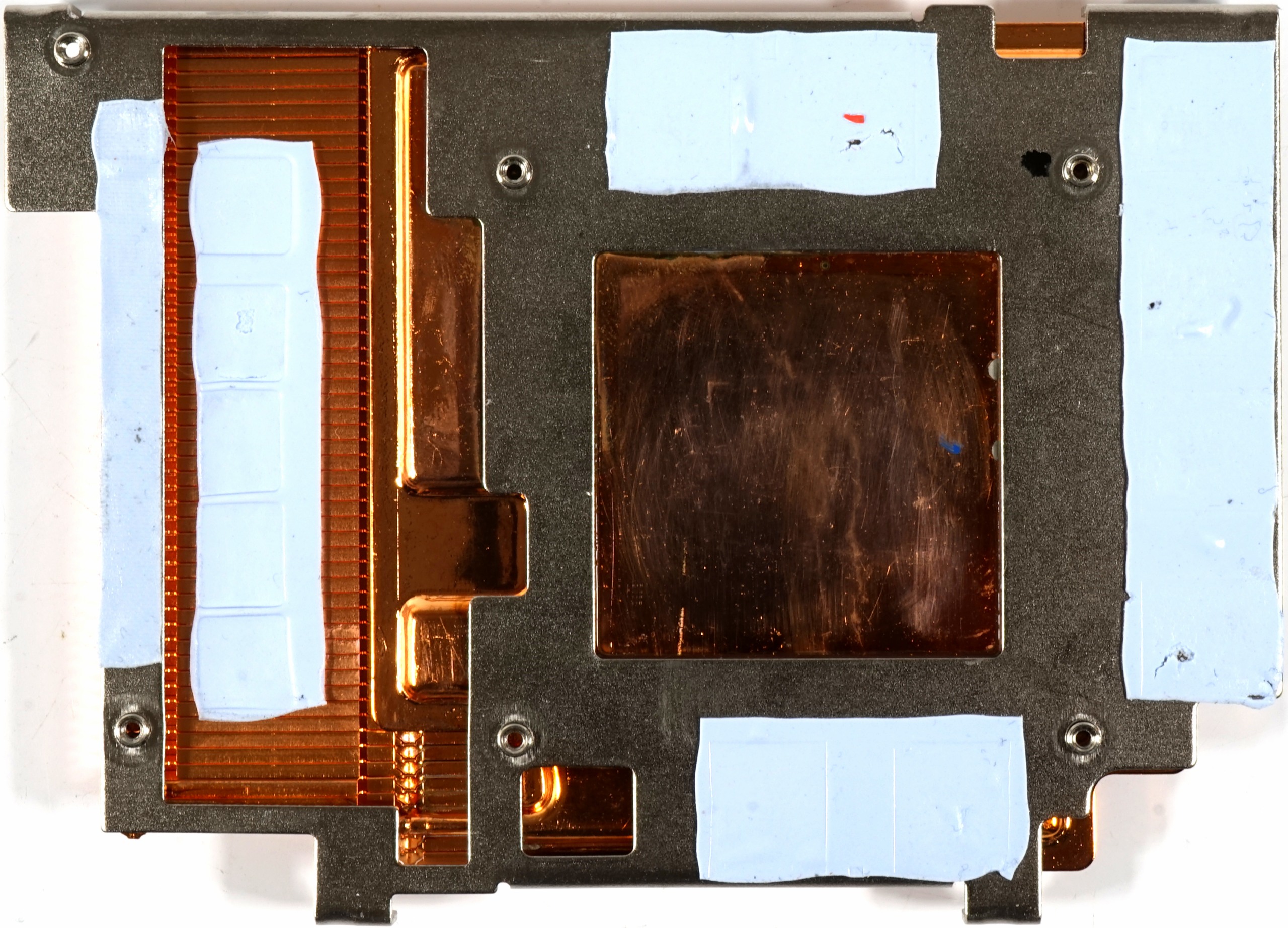 |
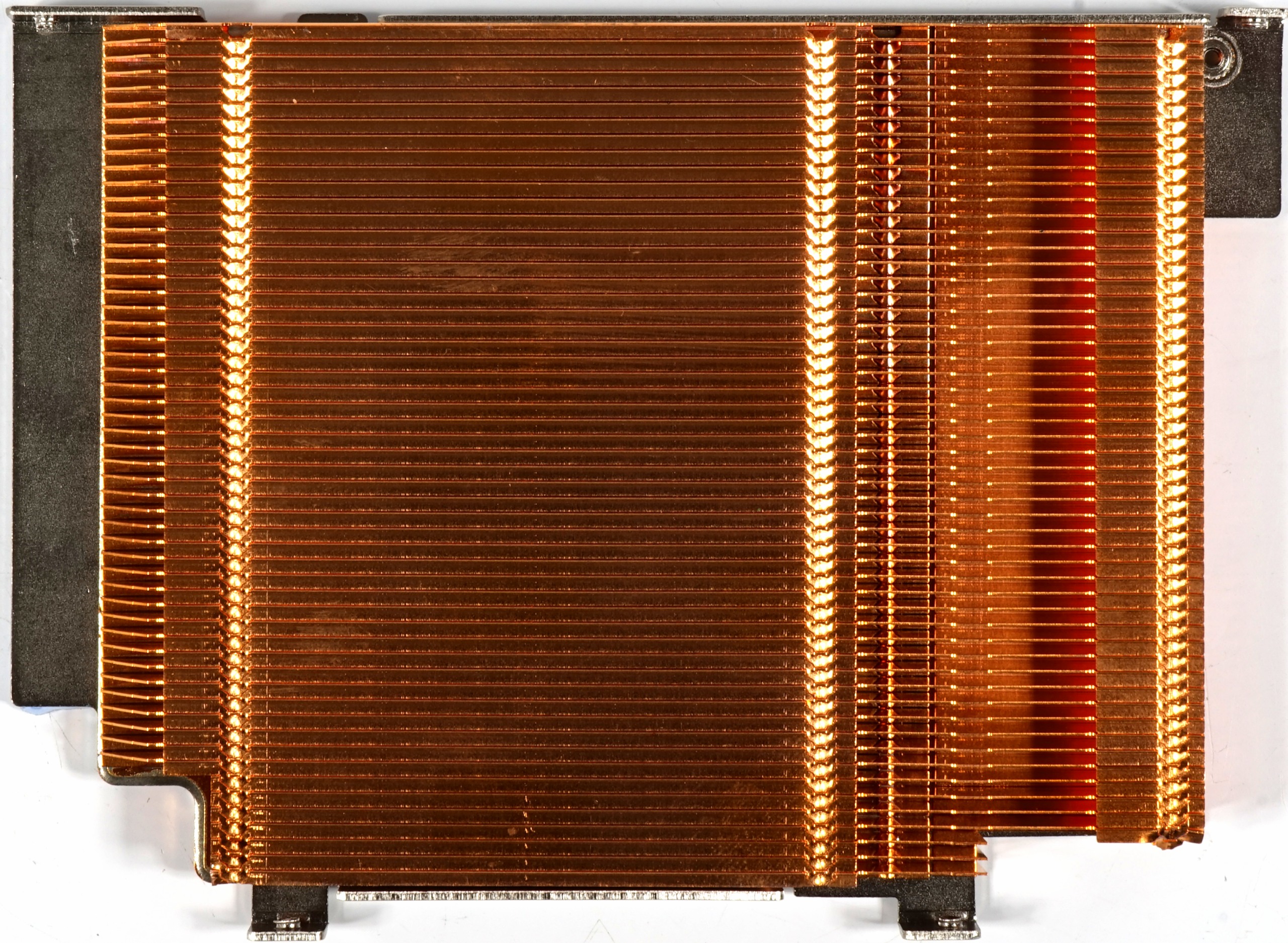 |
Unfortunately, the voltage converters are also cooled over this frame, whereby the rather narrow stripe on the left hardly ignites any effect. Therefore, one reaches for the detour via the coils, the tops lie directly on the copper via pad. Not quite optimal, but with these watt figures probably just justifiable.
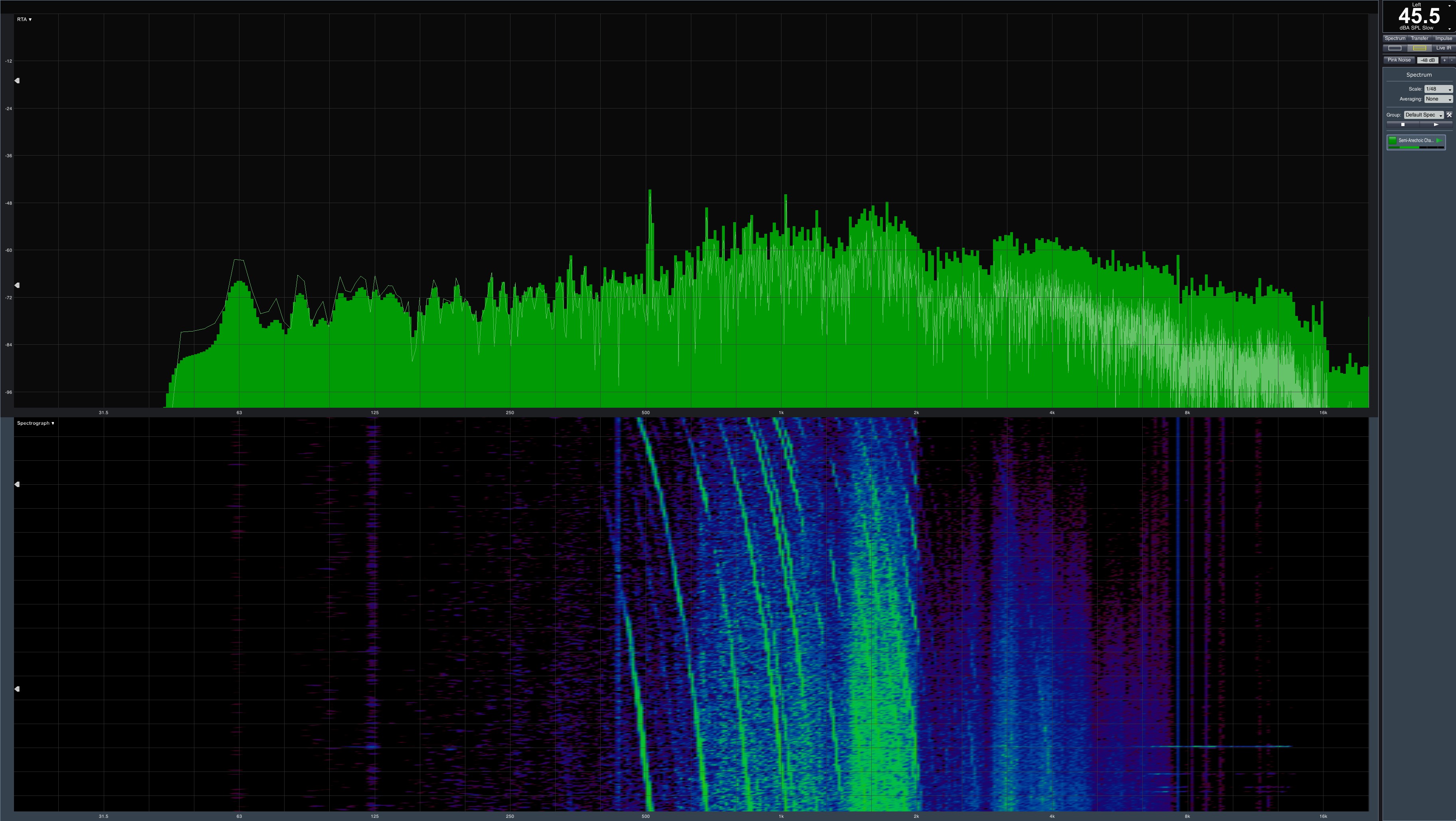 Power up the fans when heating the card. Especially the engine hum is a bit annoying
Power up the fans when heating the card. Especially the engine hum is a bit annoying
The somewhat buzzy radial fan from Apistek has an outer diameter of 70 mm and is unfortunately not decoupled. This makes the fan clearly audible at lower speeds in the lower frequency range (body sound and direct sound). But more on that later. With its nearly 4 watts of power consumption, it is also not a food scorner. It would certainly be better, as PNY has proven often enough as a house and yard manufacturer for Nvidia's Quadro cards.
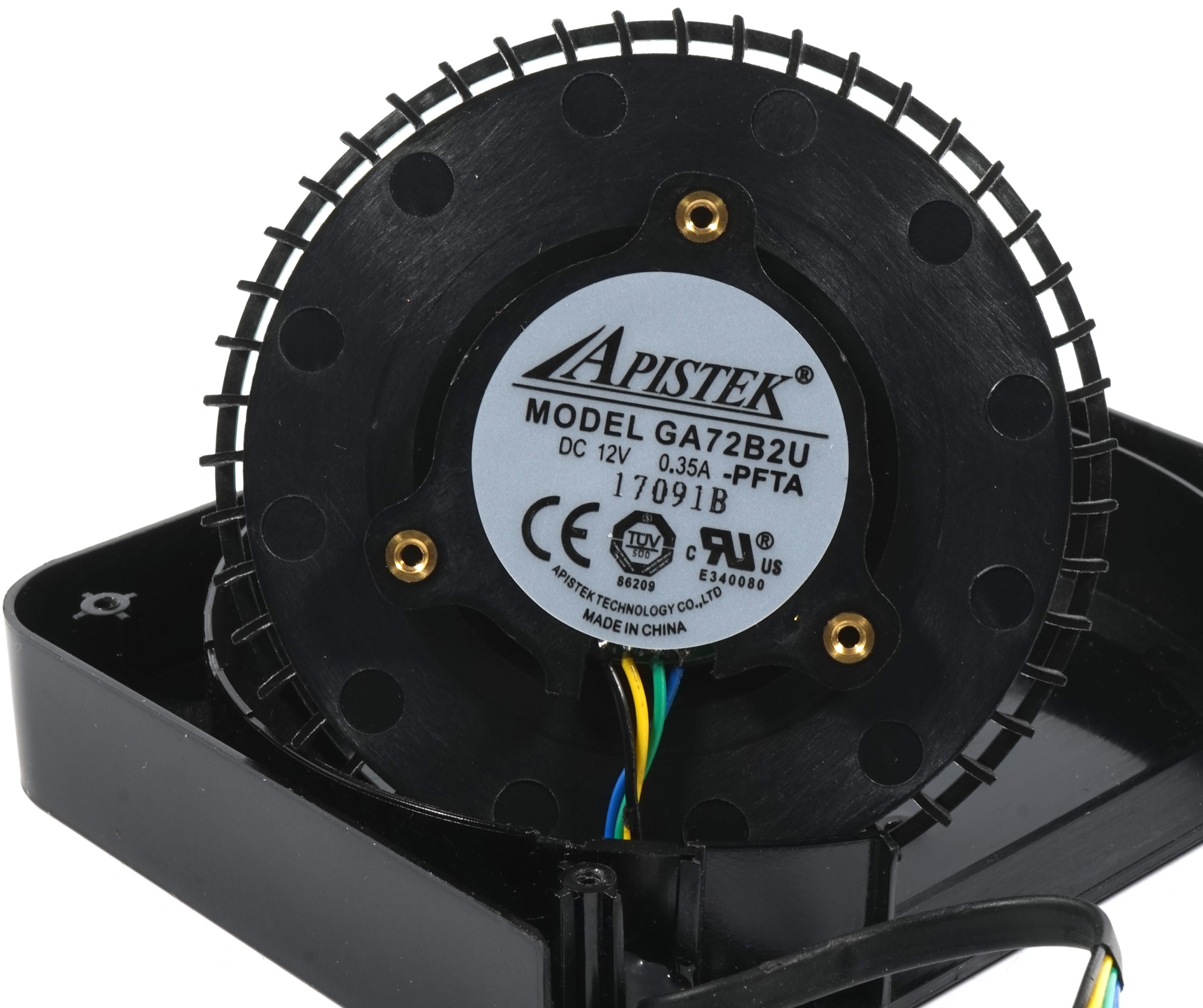 |
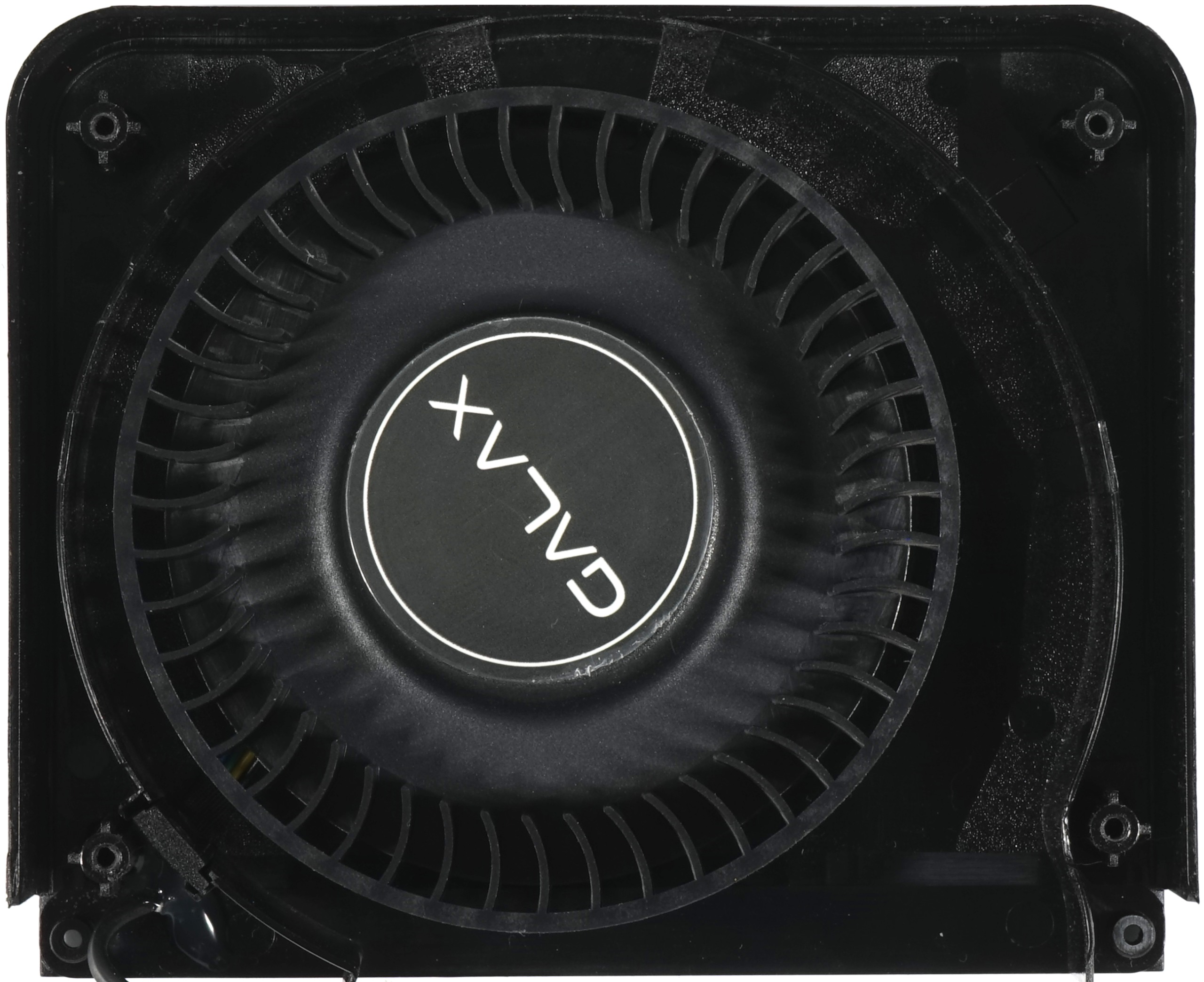 |
Necessary optimizations – Please read!
We do not want to prejudge the later measurements, but we found that the card with the delivery BIOS is not so seriously usable. Either we had it in the open structure in the cooler room, then after reaching the stored 83°C temperature target the clock suddenly fell back to the base clock and the respective P-State could not be got away (until the restart), or the map jumped through too fast a warming directly over this limit and was only slowed down somewhat thermally by Nvidia's emergency mechanisms at 90°C and still ran happily on this thermal ridge.
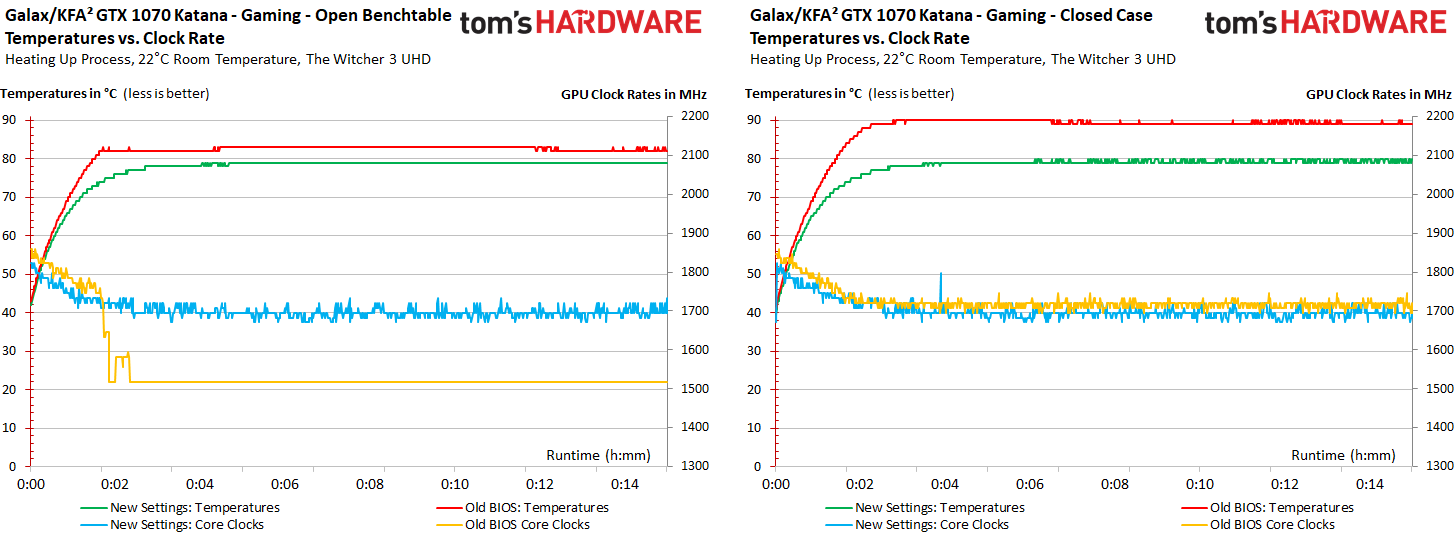 Plague or cholera? Comparison Open Benchtable and Closed Enclosure
Plague or cholera? Comparison Open Benchtable and Closed Enclosure
Since both cases are in the form of silly nonsense shown, we sacrificed a whole night and first explored the thermal abilities of the cooler. For this purpose, we played with the Power Target, i.e. the restrictive limitation of the power consumption (which also corresponds to 99.x% of the waste heat) as well as with the fan speeds. In the end, therefore, it is an equation with two interdependent variables, which we had set as a result of the equation constant 80°C in the closed housing with a reasonable boost clock.
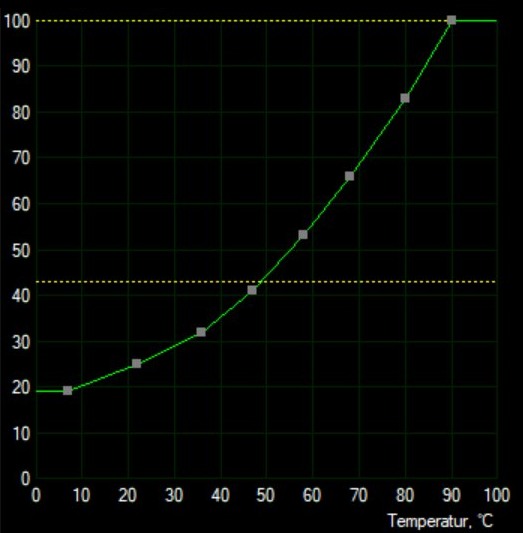
In the end, we opted for a Power Target of at least 90%, which is approx. 140 watts of power dissipation corresponds to the complete map, the corresponding fan curve shows the diagram in the picture above. Interestingly, the card was only 80° hot (GPU diode), but managed almost the same boost clock as the original with 100% Power Target and 90°C on the GPU. And since the 90°C even kept the fan on full roar, our variant was almost 3 dB(A) quieter than the inferno of the original! Goes? Clear!
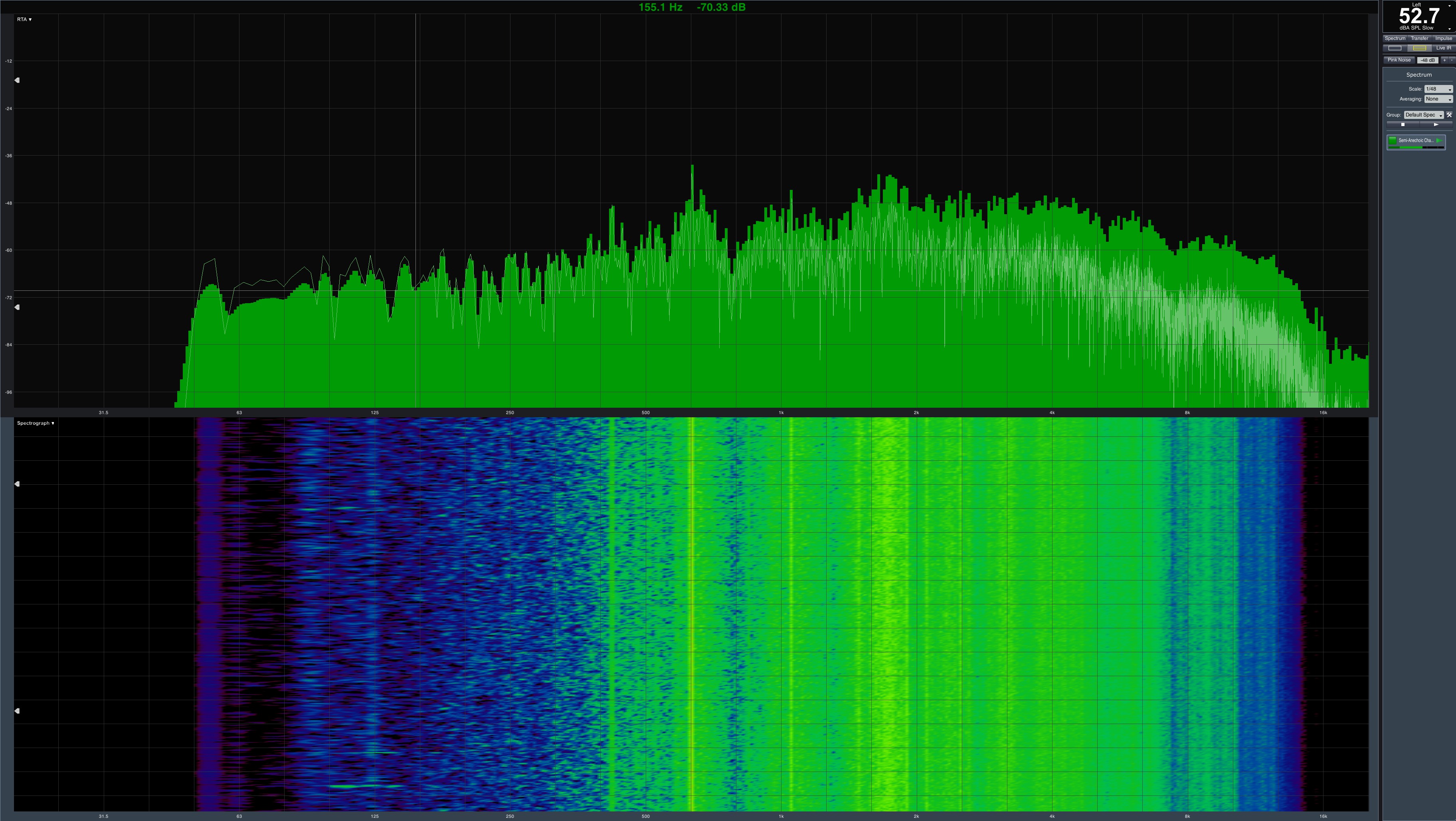 Typhoon in case – with almost 53 dB(A) and 90°C at the GPU no pleasure
Typhoon in case – with almost 53 dB(A) and 90°C at the GPU no pleasure
We immediately contacted Galax, transmitted all available log files, thermal images and noise level measurements and discussed what is feasible. The final decision as to whether a suitably adapted BIOS can be distributed directly by the manufacturer now rests with Nvidia, who have to submit our results for final examination. But – if you let the original go through like this, why not the significant improvement by us? In any case, we will see what follows and report.
In any case, the card can already be adapted without any problems with these very easy to do even by yourself. In doing so, it meets exactly the expectations that can be set for a single-slot design of the 130- to 150-watt class. No more, but no less.



















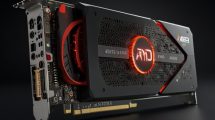













Kommentieren